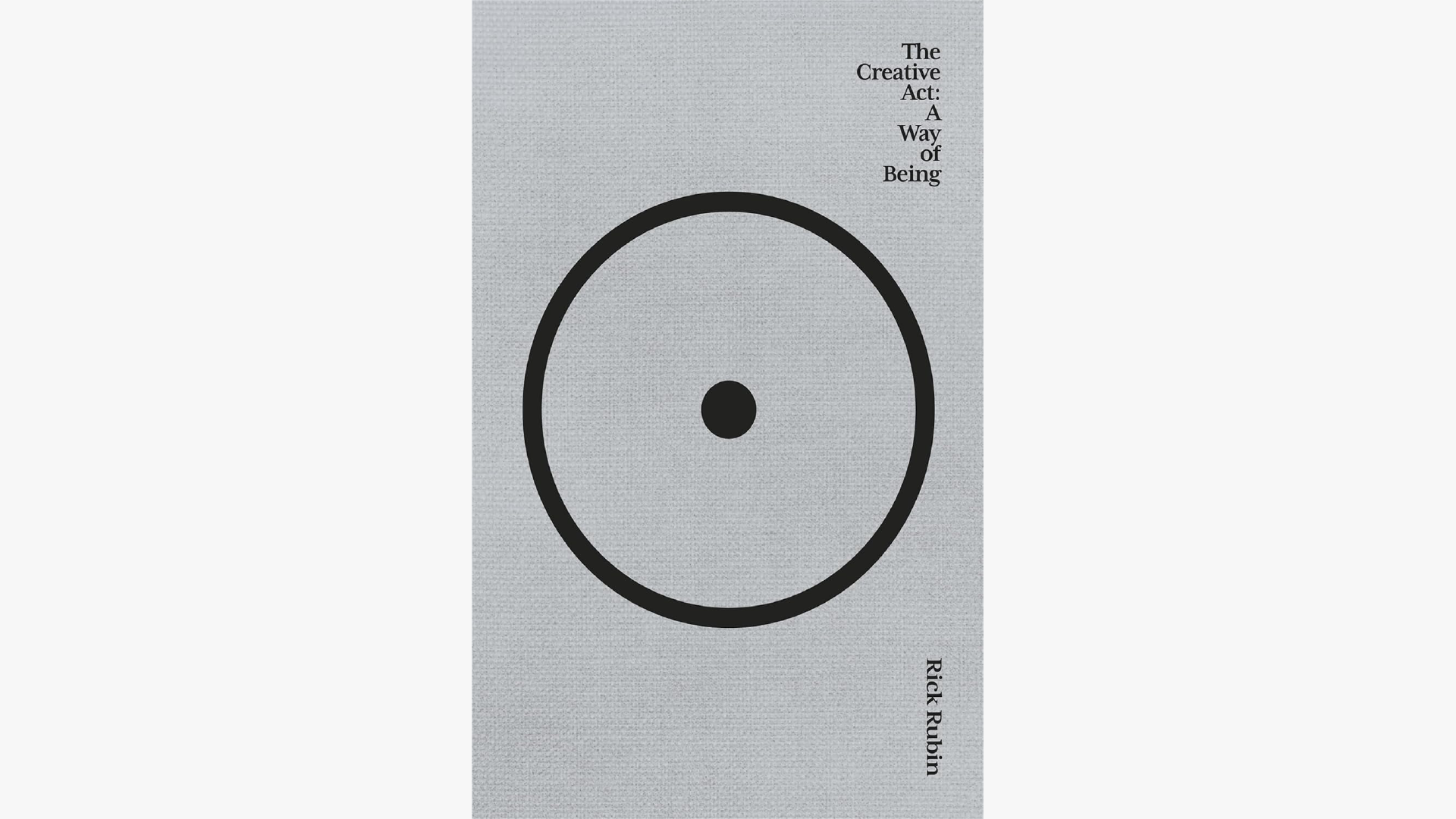Summary: The Creative Act by Rick Rubin

Entrepreneurs know creativity isn't just about art; it's the backbone of innovation, problem-solving, and pushing boundaries in any field. Rick Rubin, a legendary figure in the music industry, distills decades of experience into his book, "The Creative Act: A Way of Being," offering profound insights into the creative process. This post explores Rubin's key concepts aimed at helping entrepreneurs harness their creative potential to drive innovation and success.
Embrace Your Inherent Creativity
Rubin starts with a fundamental premise: we are all inherently creative beings. He argues that creating is among the most beautiful and effective ways to express ourselves in the world. "The reason we’re alive is to express ourselves," Rubin writes, emphasizing the transformative power of art and creativity.
This idea challenges entrepreneurs to view their ventures as businesses and a canvas for creative expression.
The Creative Process: A Four-Phase Journey
One of the book's most actionable insights for entrepreneurs is Rubin's division of the creative process into four key phases: Seed, Experimentation, Craft, and Completion. This framework not only demystifies the journey from idea to realization but also highlights the importance of each stage in refining and realizing a vision:
- Seed: The inception of an idea, where intuition plays a critical role.
- Experimentation: A playful exploration of possibilities without judgment, crucial for innovation.
- Craft: The meticulous shaping and refining of the idea, analogous to the development and execution phases in business.
- Completion: Finalizing and launching the project or product, ready for the world to see.
Understanding these phases helps entrepreneurs recognize where they are in the process and what they need to focus on, making the journey from concept to market more navigable.
The Power of Presence and Intuition
A recurring theme in "The Creative Act" is the importance of being fully present and listening to our inner voice. Rubin emphasizes that true creativity flows when we are deeply engaged in the moment and attuned to our intuition. "No matter what tools you use to create, the true instrument is you," Rubin advises, encouraging entrepreneurs to trust their inner guidance and fully engage in their creative endeavors.
Embracing Imperfections
Rubin's approach to creativity also includes embracing imperfections, viewing them not as flaws but as integral parts of the creative journey. This perspective is invaluable for entrepreneurs, reminding us that setbacks and mistakes are opportunities for learning and growth, not reasons for discouragement. By accepting and valuing imperfections, entrepreneurs can foster a culture of innovation that thrives on experimentation and adaptation.
A Brief Bio of Rick Rubin
Before we conclude, let's delve into the man behind the wisdom, Rick Rubin. With a career spanning over four decades, Rubin has emerged as one of the most influential figures in the music industry. His journey began in the dorm rooms of New York University, where he co-founded Def Jam Recordings, a label that would become pivotal in the rise of hip-hop. Rubin's production work with the Beastie Boys' "Licensed to Ill," LL Cool J's "Radio," and Run-D.M.C.'s "Raising Hell" helped catapult hip-hop into mainstream consciousness.
Rubin's genius, however, transcends genres. He has worked with a dizzying array of artists across the musical spectrum, from Johnny Cash and the Red Hot Chili Peppers to Adele and Kanye West. His ability to strip down an artist's sound to its raw, emotional core, paired with his eclectic taste, has earned him multiple Grammy Awards and nominations.
What sets Rubin apart is his musical prowess and his philosophical approach to creation. He is known for his Zen-like demeanor and ability to foster creativity in artists, often leading to career-defining work. As detailed in "The Creative Act," his philosophy reflects a deep understanding of the creative process, drawing from his vast experience and diverse influences, including Zen Buddhism.
Conclusion: A Call to Creative Action
Rick Rubin's "The Creative Act: A Way of Being" is more than just a book; it's a manifesto for anyone looking to explore and expand their creative potential. For entrepreneurs, Rubin's insights offer a fresh lens through which to view their ventures, emphasizing creativity, intuition, and the transformative power of embracing the creative process.
By applying these principles, entrepreneurs can navigate the complexities of business with a renewed sense of purpose and innovation. Rubin's legacy reminds us that at the heart of every successful venture lies a creative spirit ready to challenge the status quo and create something truly remarkable.
Example: Applying The Creative Process in Entrepreneurship
Imagine an entrepreneur developing a new tech product. The Seed phase begins with a flash of insight: a way to make technology more accessible to non-tech-savvy users.
In the Experimentation phase, the entrepreneur plays with various concepts, perhaps developing prototypes that simplify complex tasks through intuitive design.
The Craft phase is where the design and development focus on user experience, conducting user tests, and refining the interface and functionality based on feedback.
Finally, the competition launched to the market in the completion phase. This approach ensures that the product meets and exceeds user expectations, embodying Rubin's innovative spirit.
Rubin's model is a practical roadmap for entrepreneurs, guiding them from the initial idea to a successful market launch. By embracing the principles in "The Creative Act," entrepreneurs can unlock their full creative potential, leading to innovative solutions and groundbreaking products that stand out in a crowded marketplace.
